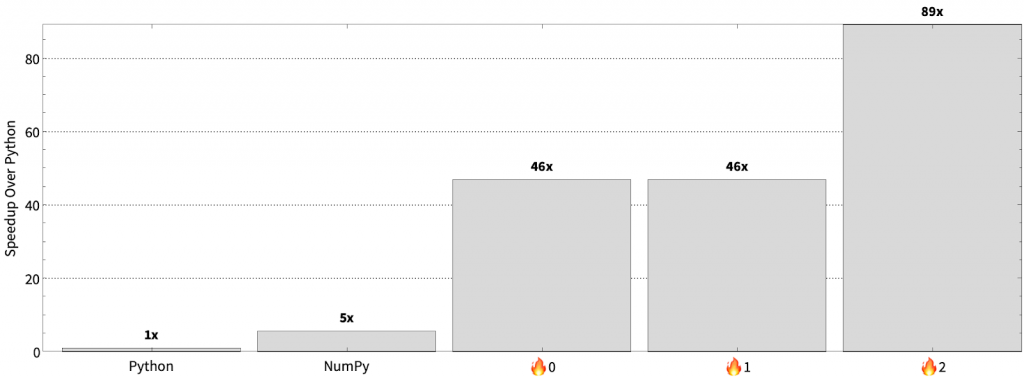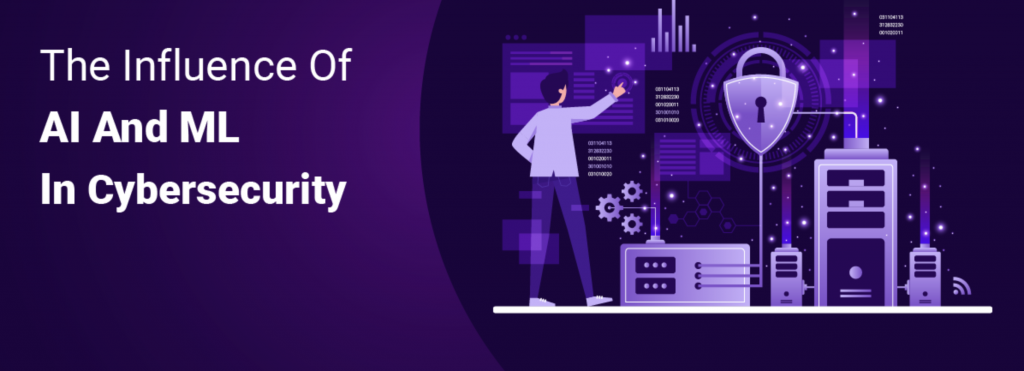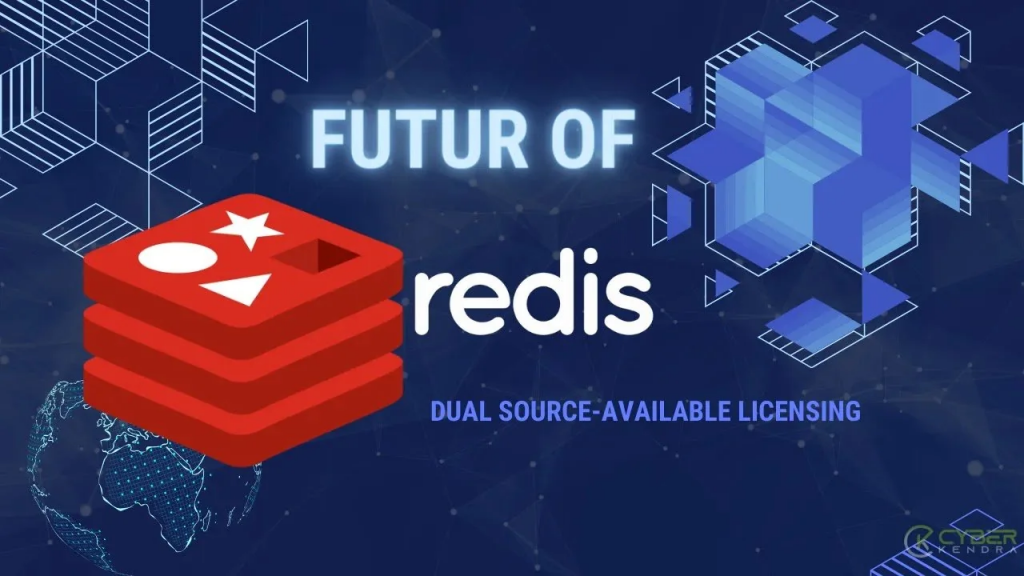The Future is Now: How Mojo🔥 is Outpacing Python at 90000X Speed

Calling all AI wizards and machine learning mavericks! Get ready to be blown away by Mojo, a revolutionary new programming language designed specifically to conquer the ever-evolving realm of artificial intelligence.
Just last year, Modular Inc. unveiled Mojo, and it’s already making waves. But here’s the real kicker: Mojo isn’t just another language; it’s a “hypersonic” language on a mission to leave the competition in the dust. We’re talking about a staggering 90,000 times faster than the ever-popular Python! I wanted to share a minor disclaimer there, this is not the “Official” benchmark by The Computer Language Benchmark Game or anything institutional, it is all Modular’s internal benchmarking!
That’s right, say goodbye to hours of agonizing wait times while your AI models train. With Mojo, you’ll be churning out cutting-edge algorithms at lightning speed. Imagine the possibilities! Faster development cycles, quicker iterations, and the ability to tackle even more complex AI projects – the future is wide open.
Mind-Blowing Speed and an Engaged Community
But speed isn’t the only thing Mojo boasts about. Launched in August 2023, this open-source language (open-sourced just last month, on March 29th, 2024!) has already amassed a loyal following, surpassing a whopping 17,000 stars on its GitHub repository. That’s a serious testament to the developer community’s excitement about Mojo’s potential.
The momentum continues to build. As of today, there are over 2,500 active projects on GitHub utilizing Mojo, showcasing its rapid adoption within the AI development space.
Unveiling the Magic Behind Mojo
So, what’s the secret sauce behind Mojo’s mind-blowing performance? The folks at Modular Inc. are keeping some of the details close to their chest, but we do know that Mojo is built from the ground up for AI applications. This means it leverages advancements in compiler technology and hardware acceleration, specifically targeting the types of tasks that AI developers face every day (SIMD, vectorisation, and parallelisation)
Here’s a sneak peek at some of the advantages:
- Multi-Paradigm Muscle: Mojo is a multi-paradigm language, offering the flexibility of imperative, functional, and generic programming styles. This allows developers to choose the most efficient approach for each specific task within their AI project.
- Seamless Python Integration: Don’t worry about throwing away your existing Python code. Mojo plays nicely with the vast Python ecosystem, allowing you to leverage existing libraries and seamlessly integrate them into your Mojo projects.
- Expressive Syntax: If you’re familiar with Python, you’ll feel right at home with Mojo’s syntax. It builds upon the familiar Python base, making the learning curve much smoother for experienced developers.
The Future of AI Development is Here
If you’re looking to push the boundaries of AI and machine learning, then Mojo is a game-changer you can’t afford to miss. With several versions already released, including the most recent update in March 2024 (version 0.7.2), the language is constantly evolving and incorporating valuable community feedback.
Dive into the open-source community, explore the comprehensive documentation, and unleash the power of Mojo on your next groundbreaking project. The future of AI is here, and it’s moving at breakneck speed with Mojo leading the charge! Go ahead and get it here
One Trick Pony
Just be warned that Mojo is not general purpose in nature and Python will win hands down on generic computational tasks due to,
- Libraries –
- Python boasts an extensive ecosystem of libraries and frameworks, such as TensorFlow, NumPy, Pandas, and PyTorch, with over 137,000 libraries.
- Mojo has a developing library ecosystem but significantly lags behind Python in this regard.
- Compatibility and Integration –
- Python is known for its compatibility and integration with various programming languages and third-party packages, making it flexible for projects with complex dependencies.
- Mojo, while generally interoperable with Python, falls short in terms of integration and compatibility with other tools and languages.
- Popularity (Availability of devs)
- Python is a highly popular programming language with a large community of developers and data scientists.
- Mojo, being introduced in 2023, has a much smaller community and popularity compared to Python.
- It is just now open sourced, has limited documentation, and is targeted at developers with system programming experience.
- According to the TIOBE Programming Community Index, a programming language popularity index, Python consistently holds the top position.
- In contrast, Mojo is currently ranked 174th and has a long way to go.



